Most neighborhood families had a dinner bell. Each child knew the specific tone for their bell and would begrudgingly stop playing and head for home. We had a horn that we had acquired at a baseball game. When the horn blew, we too would finish the last touches on the day’s fort, add a few more patches to our sled luge, or pick a few more berries to fill our mouths and head home.
This self-directed style of play and learning, now coined “Free Play,” helped build a repertoire of shared stories, new skills, and an acute appreciation for the power of nature.
These activities also provided an opportunity for me to establish a personal connection with the outdoors, with myself, and with others. I gained self-confidence as I learned how to assess risk, take personal responsibility, collaborate, and develop creative thinking skills. Upon deeper reflection, I now realize that where and how I played taught me many life lessons I continue to call upon in my personal and professional life today.
I cannot recall a specific playground as a child, but I can tell you all about the wild spaces we explored, discovered, and constructed. Think back to how you felt while exploring the wilds of your neighborhood or nearby park as a child. What did you discover? What skills did you acquire? Who did you play with? How did you play? What was your biggest risk? Did your experiences influence your connection with nature today? Will our children and their children have similar memories and connections?
We are all familiar with today’s sad Nature Deficit Disorder song and metrics. For this reason alone, connecting children to nature should be an ongoing priority for us as “play professionals,” not a one-and-done effort.
With minimal effort and investment, outdoor play spaces can easily engage children with nature and each other, in addition to the manufactured play equipment at hand. Such complementary natural playspaces and natural play features engage children’s multiple senses, curiosity, cognitive abilities, and motor skills. These spaces can also serve as outdoor classrooms for unstructured learning and classroom lessons alike.
What follows are suggestions for affordable strategies you can employ to design nature back into children’s play spaces.
Changing our mental models
It is true, woody and herbaceous natural play features in general have a shorter lifespan than manufactured play equipment. We should not, however, let this be our determining factor when considering a purchase of a cement cast log versus a real log or plastic stepping platforms over stumps or rocks. Natural play features like logs, rocks, hills, and plantings can be used to complement an existing park area, playground, or yard that needs some added value and playtime.
Natural material changes with the seasons, intriguing and engaging children in year-round exploration. The result is happy, healthy children (as well as parents and teachers).
Dollar for dollar, natural play features are a great return on the investment. Materials and labor cost far less than a traditional piece of equipment, even if it requires a bit more maintenance over time. Natural materials can be easily and affordably replaced or adapted when needed. For example, replacing a worn or rotted log also produces an opportunity to make changes to the existing installation. And if you’re the child client, this means more exciting new ways to play.
We adults need to adjust our mental models of tidy parks as we create and designate nature play areas. They can seem out of the ordinary. As compared to most out-of-the-box playgrounds, they are a bit wild-looking, and that’s truly the core of what makes them so much fun.
Untidy and wild invites intrigue. It is also true that natural play areas, like most well-loved playgrounds, can show wear. Things like bare ground and worn trails may be unsightly to our adult eyes, but children do not have that same jaded filter. Fun is fun, no matter if it’s covered in sod or soil. As a designer, I often view these worn areas as evidence of a popular space or route. As long as the wear doesn’t present a safety hazard or cause erosion, why fight it? Try to live with it. If or when it becomes too unbearable or presents a hazard, replace the surfacing or structure with something more durable or reconstruct the problem area to reduce the issue.
Children are drawn to wild-looking, intriguing spaces. Tall grasses, decomposing logs, willow tunnels, loose parts, and mud puddles are invitations for further discovery. If it continues to bother you or others, create and install a fun sign explaining nature is at play and invite children to get dirty.
Messy means fun, too. Rather than be in despair that a spot gets worn and muddy, invite it in. Add water, shovels, and sticks, and let the kids go to work. If you have a troublesome low spot, accentuate it. Add a fun “Messy Zone” sign so parents know it’s an intentionally “ill-kept” area.
Give the weed trimmer a break
Invite perimeter areas to grow tall and wispy; it’s more fun to run around and hide in! Give the mower a break, too. Identify an area to let the grass grow tall and use the mower to cut paths or a maze. If there’s concern about public pushback, invite them to contribute to the maze design process.
Collect different-sized sticks and twigs and leave a pile next to a log or small lean-to style frame. See what transpires over time as children build and rebuild their treasured stick structures.
Bring back sand. Sand play entertains children’s creative side for hours on end. There will always be someone concerned about animals using the sand area as a litter box. Installing the sand play site in a larger open area will discourage most domestic cats from venturing in. The majority appreciate life’s simple pleasures at hand and watching their child engrossed in healthy play.
Use native plants to invite the wild in. Choose plants that can withstand lots of loving and well-intended inquiry. Trees, shrubs, grasses, and perennials of different colors, heights, textures, and seed types are visually intriguing and invite learning. When possible, start with larger-sized plants and plantings that better withstand children’s curiosity.
Play it safe
Non-dimensional natural materials such as logs and rocks can and should be installed with CPSC standards in mind, such as spacing, height, surfacing, use zones, and anchors. As some of the woodsy material and plantings may wear sooner than their metal and plastic alternatives, establishing a modest annual maintenance fund is prudent planning.
In the end, we do the very best we can do. Play and playgrounds are risky business. To some adults, natural playgrounds feel more risky than the latest equipment. In general, when children deem something to be risky or unfamiliar, they use more prudent behavior as they develop the skills needed to master the new landscape.
Use the experts
Children are naturally play experts. Involving them in the creation, installation, and maintenance of a playspace helps develop ownership, personal responsibility, a sense of community, and reduces misuse and vandalism.
Invite nature in, in all its glory. Simple changes and additions in how we plan, maintain, and construct play spaces can make giant strides to reconnect children with the nature of play.

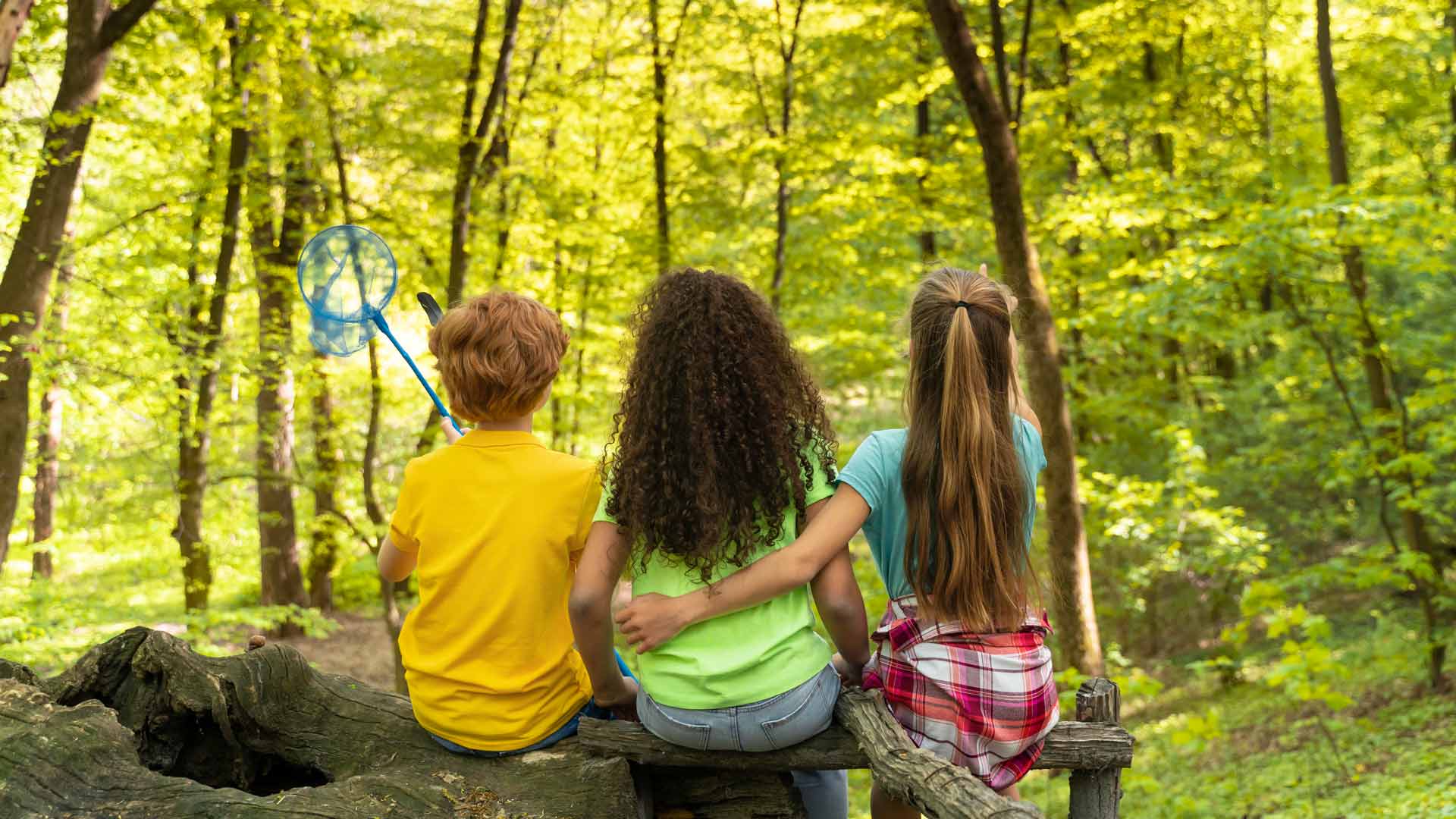
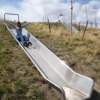
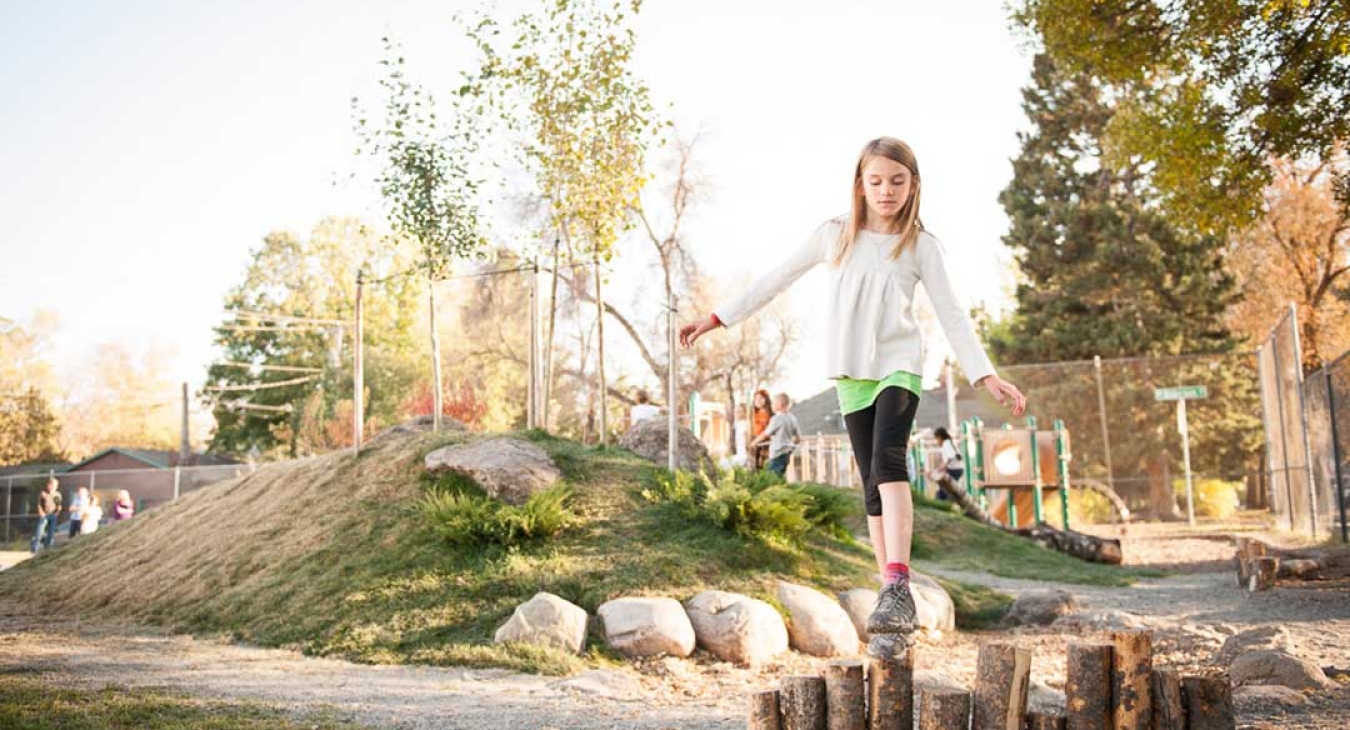
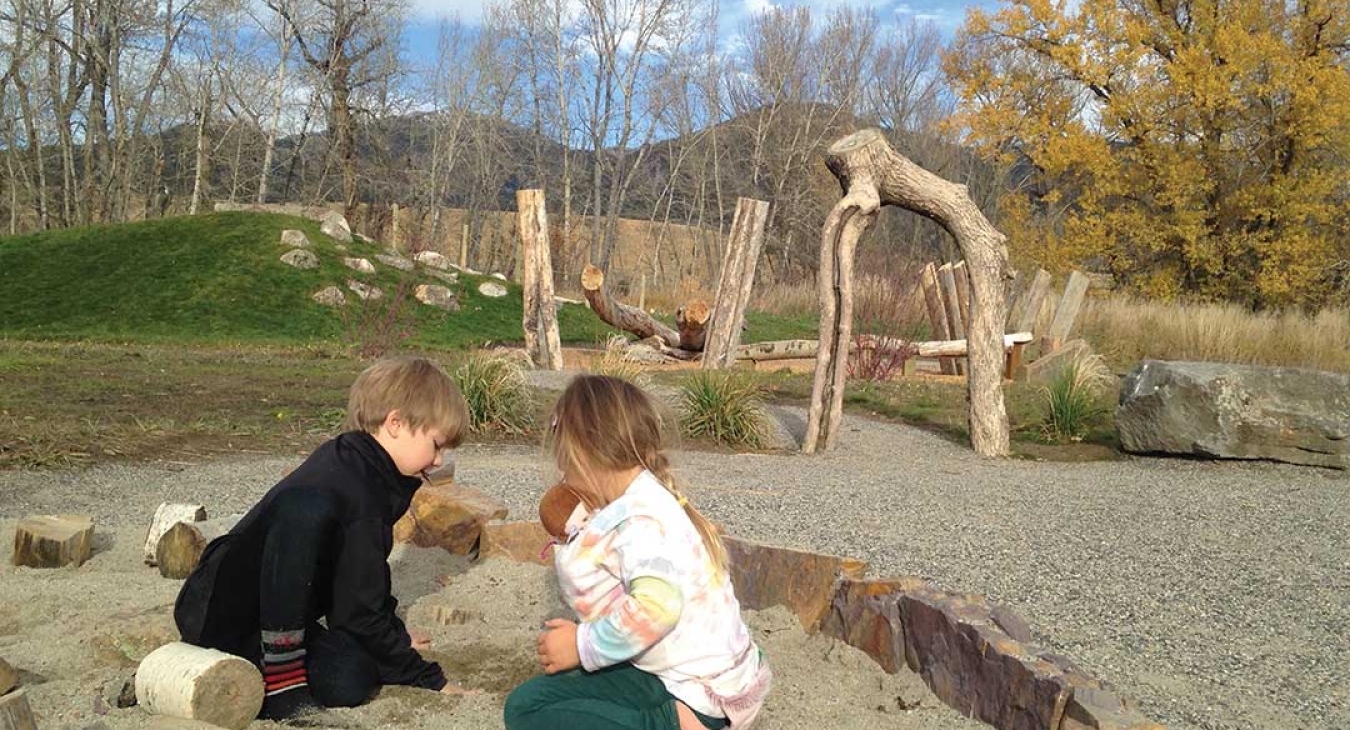
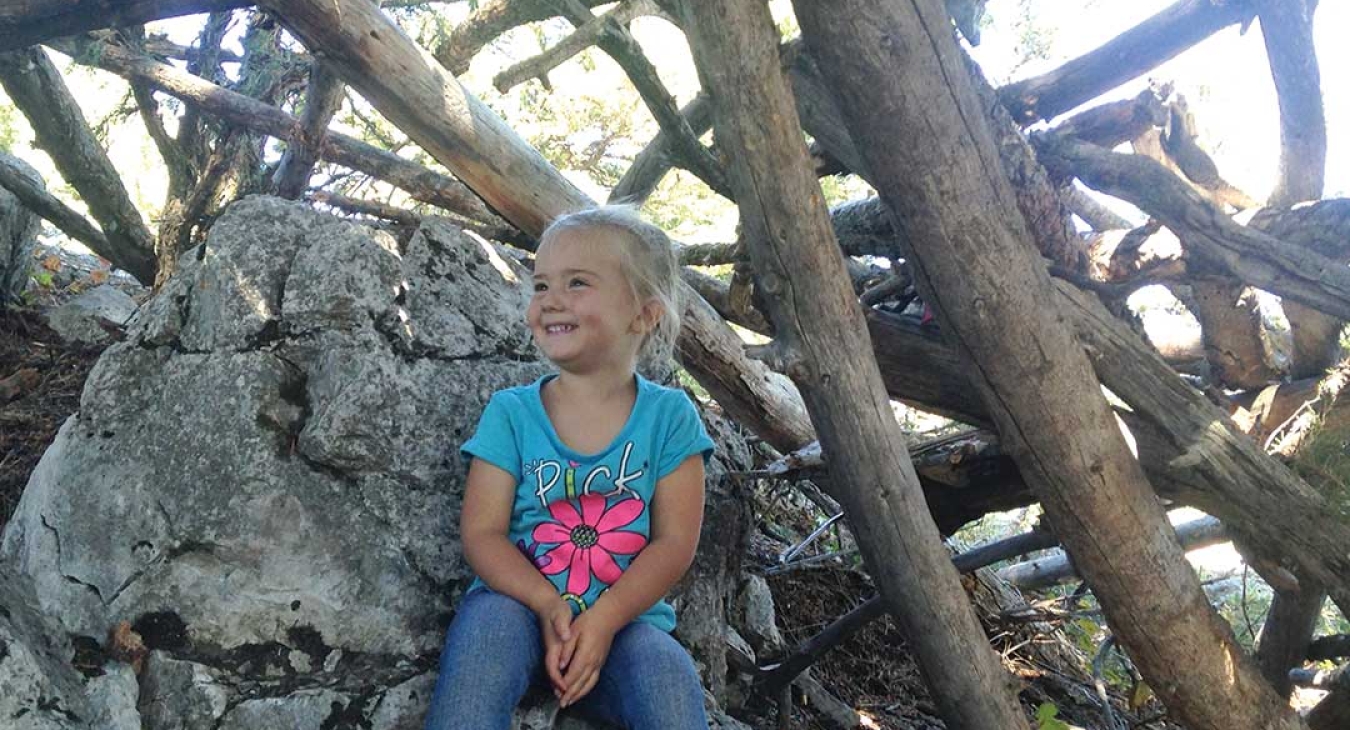
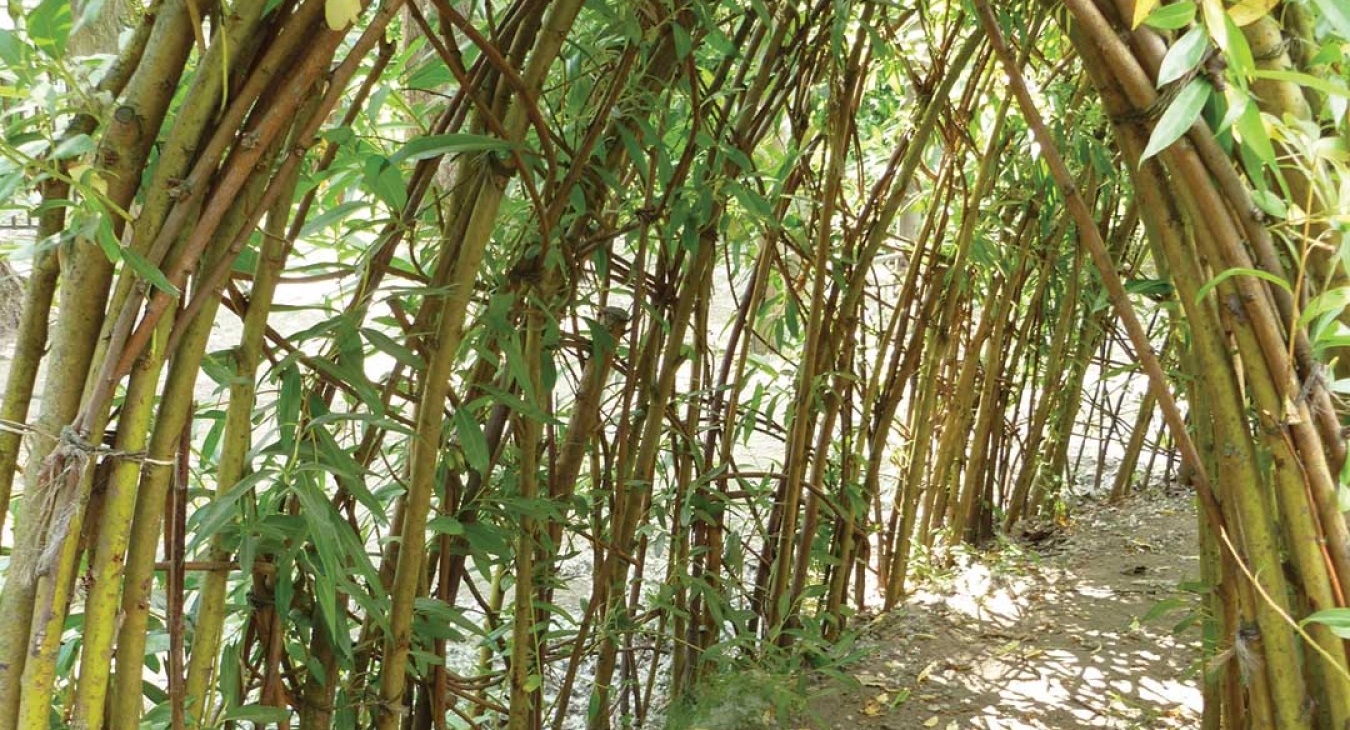
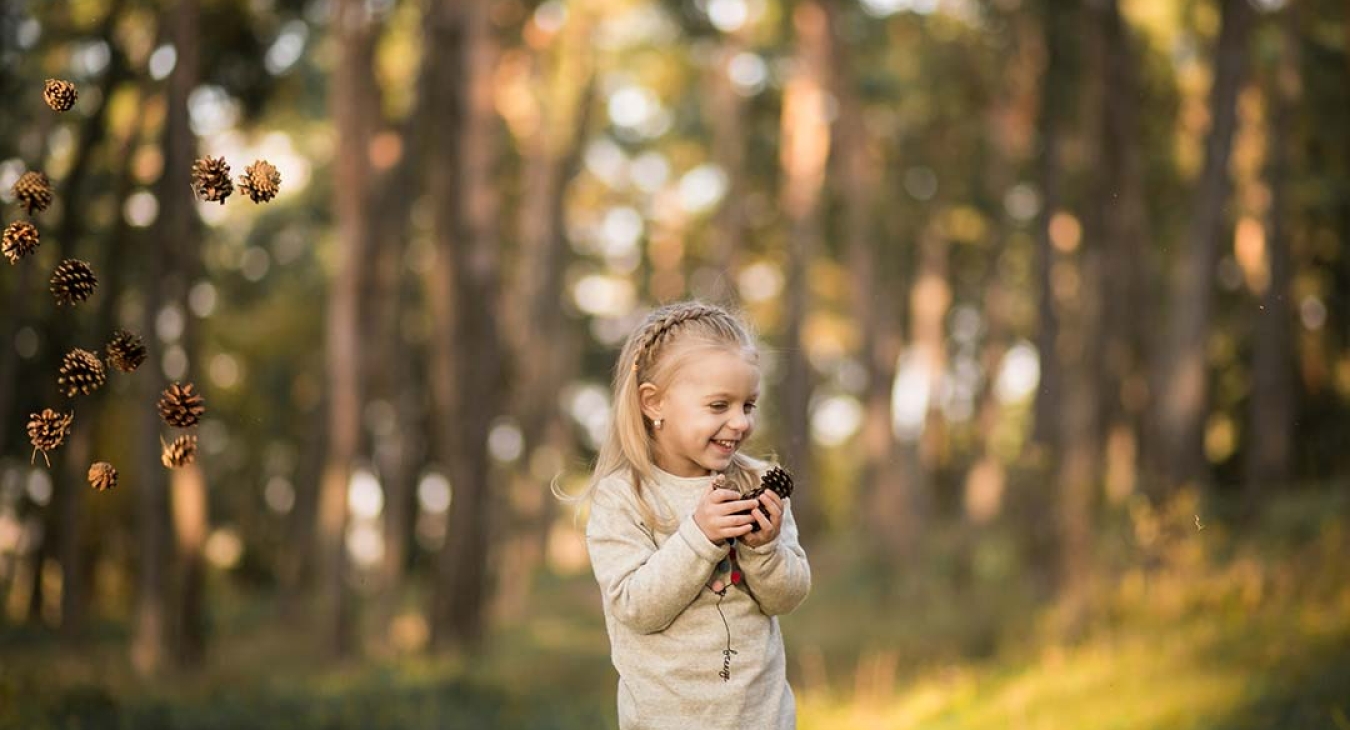
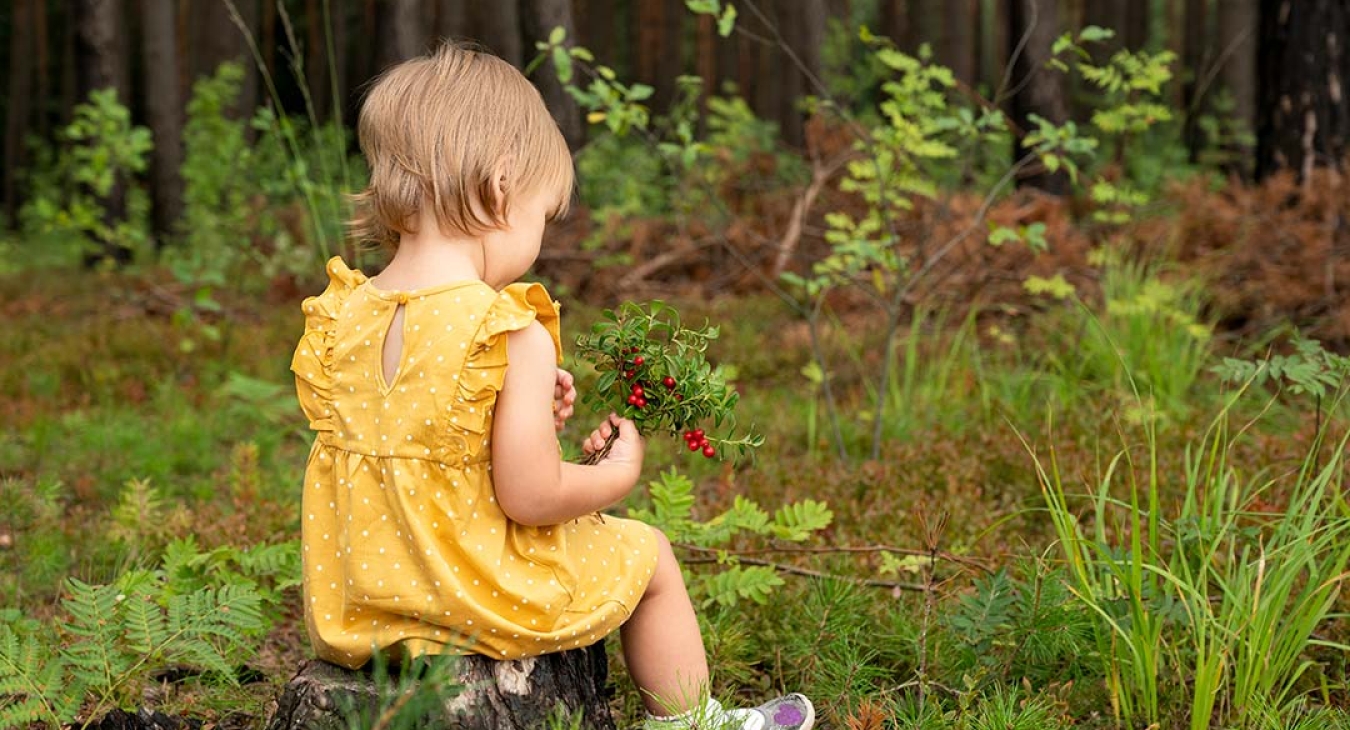
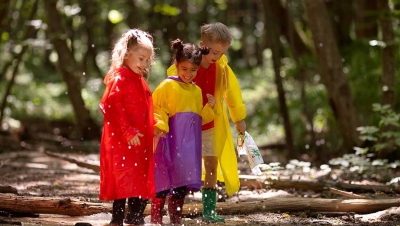
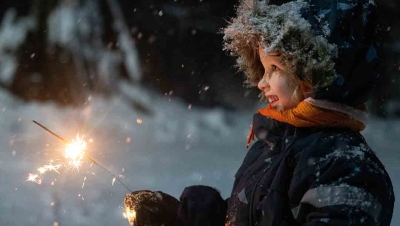
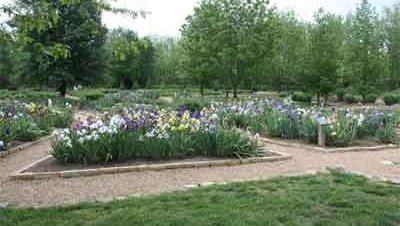
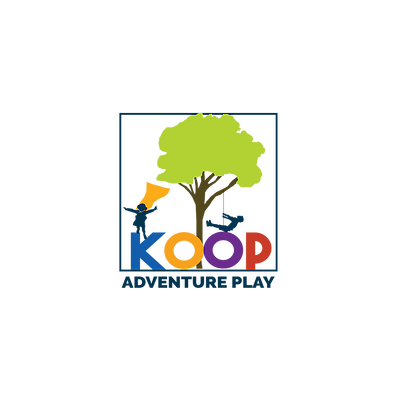
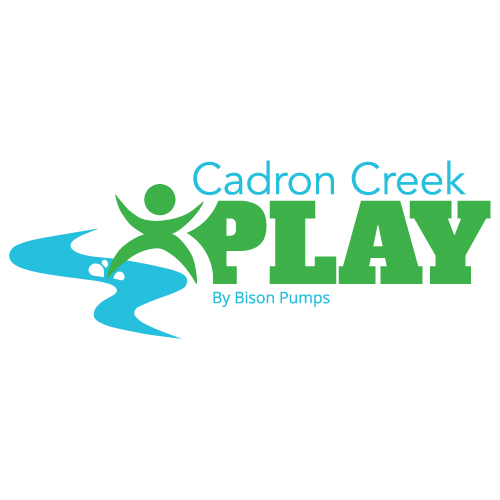
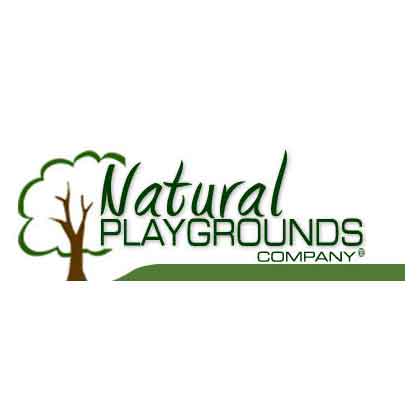

Add new comment